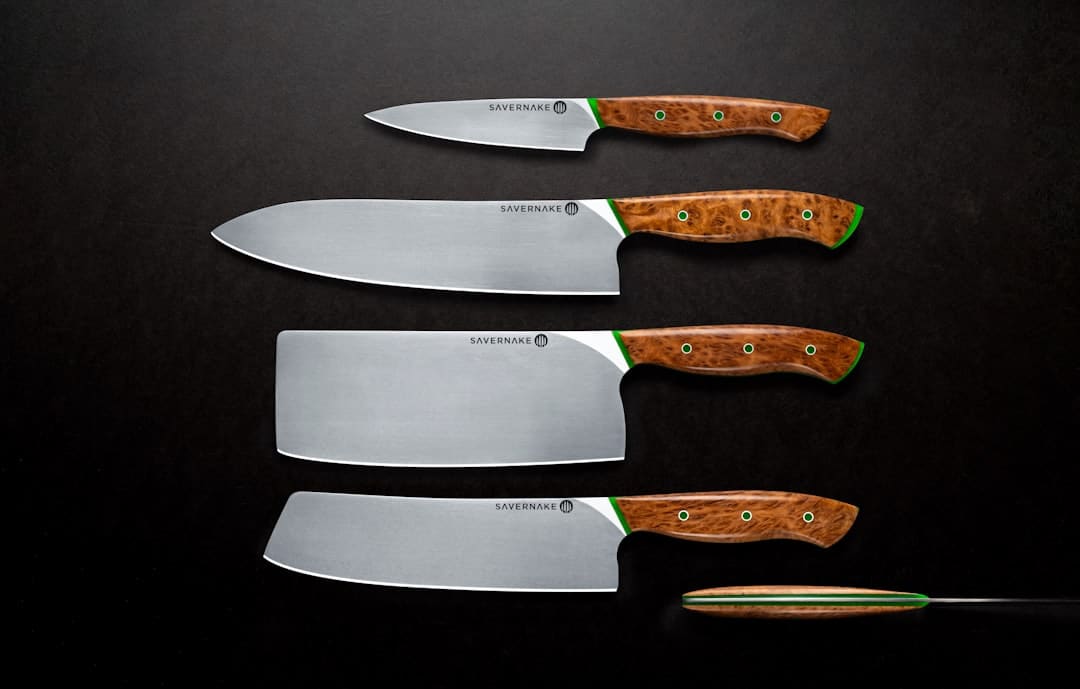“A sharp knife is a chef’s best friend, but a well-cared-for knife is a lifelong companion.”
With that wisdom in mind, let’s embark on this journey to ensure your knives remain as reliable and sharp as the day you brought them home. Shall we explore why placing those beauties in the dishwasher is a calamity waiting to happen?
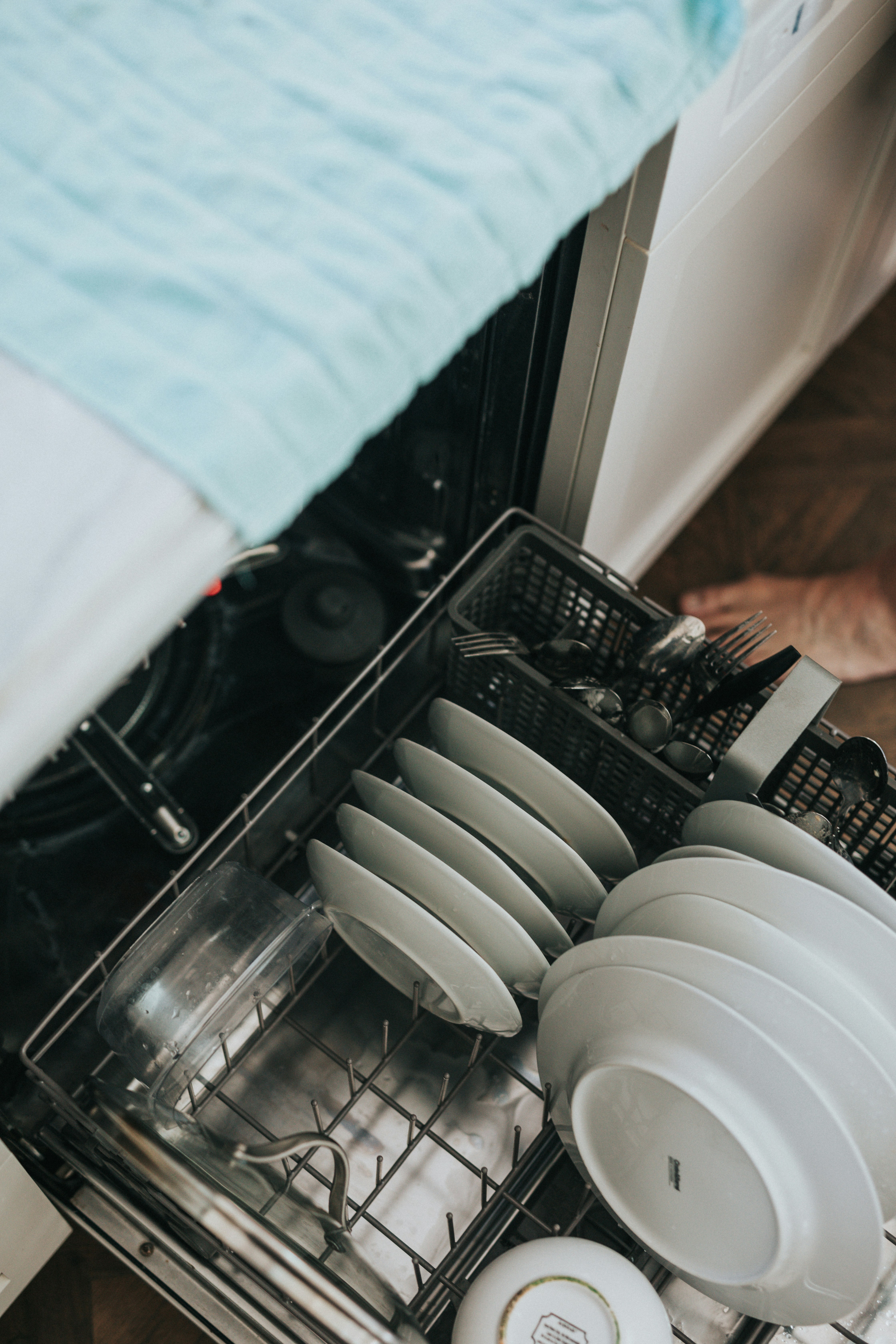
Why Dishwasher Damage is a Knife’s Worst Enemy
Picture this: after a hearty meal, the kitchen is abuzz with the sounds of clinking silverware and running water. The dishwasher stands open, awaiting the pile of dirty dishes. But wait—there’s your favourite chef’s knife. It might be tempting to toss it in and let the machine handle the grime, but that momentary convenience can lead to lasting damage.
At their core, dishwashers are a harsh environment for the delicate artistry of a finely crafted knife. The high temperatures, abrasive detergents, and vigorous water jets combine to wear down the blade’s edge. The rattling and jostling can cause physical nicks and dents that mar its sleek surface. The handle, too, suffers from the onslaught. Wooden handles can warp and crack, while other materials may degrade faster than you’d like.
Furthermore, the chemical-laden detergents used in dishwashers can accelerate the corrosion process, undermining the knife’s structural integrity. These risky conditions can dull the blade, making it less effective and requiring more frequent sharpening. It’s a quick path to reducing what was once a culinary maestro’s tool to a mere kitchen utensil.
Hand-washing, by contrast, maintains the knife’s form and function. With careful attention and a gentle touch, you can remove food residues while preserving both the blade and handle. This simple mindfulness ensures your knives remain as sharp and effective as when you bought them.
In short, Skipping the dishwasher not only prolongs your knife’s lifespan but also keeps its functionality at peak performance. Are you ready to delve into the art of hand-washing your knives?
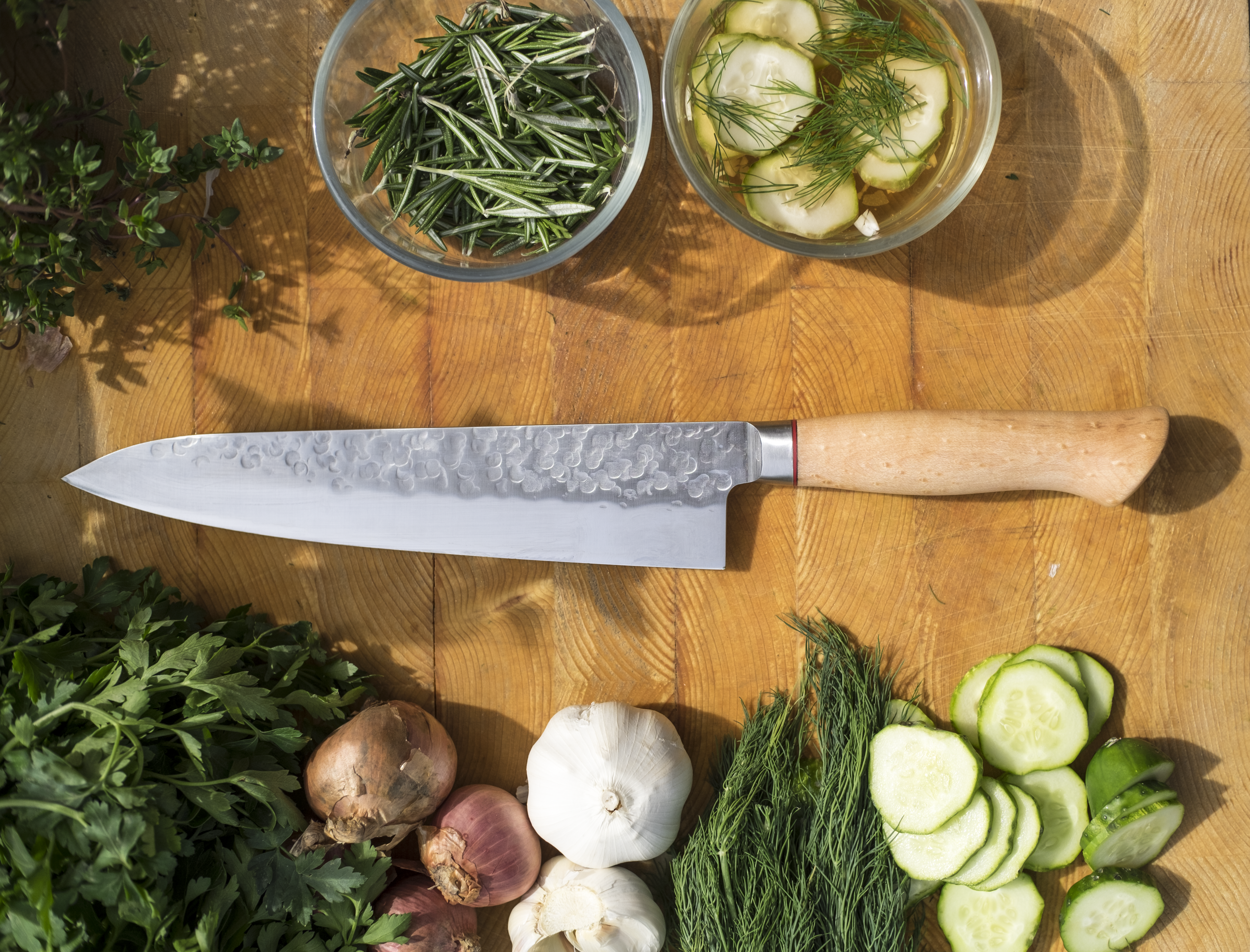
The Art of Hand-Washing Your Knives
Hand-washing your knives isn’t just a chore—it’s a ritual that respects the craftsmanship and ensures longevity. Many years ago, I carelessly left my favourite chef’s knife soaking in the sink overnight, only to discover a dulled blade and tiny rust spots the next morning. I learned then that these delicate instruments demand more thoughtful care.
The secret lies in simplicity. Use warm, soapy water and a non-abrasive sponge. Gently scrub the blade and handle, ensuring no bits of food are left clinging to the surface. Rinse thoroughly under running water and immediately dry the knife with a clean, absorbent towel. This immediate attention prevents any potential for water spots or rust, particularly on high-carbon steel blades.
Why is this important? Proper hand-washing maintains the aesthetic appeal of your knives and preserves their sharpness and overall integrity. Each time you carefully handle your knife, you ensure it remains a trusty companion in your culinary adventures.
In summary: Regular hand-washing using mild detergent and careful drying helps maintain your knife’s performance and lifespan. Avoiding the dishwasher and embracing this hands-on approach will keep your knives in top condition.
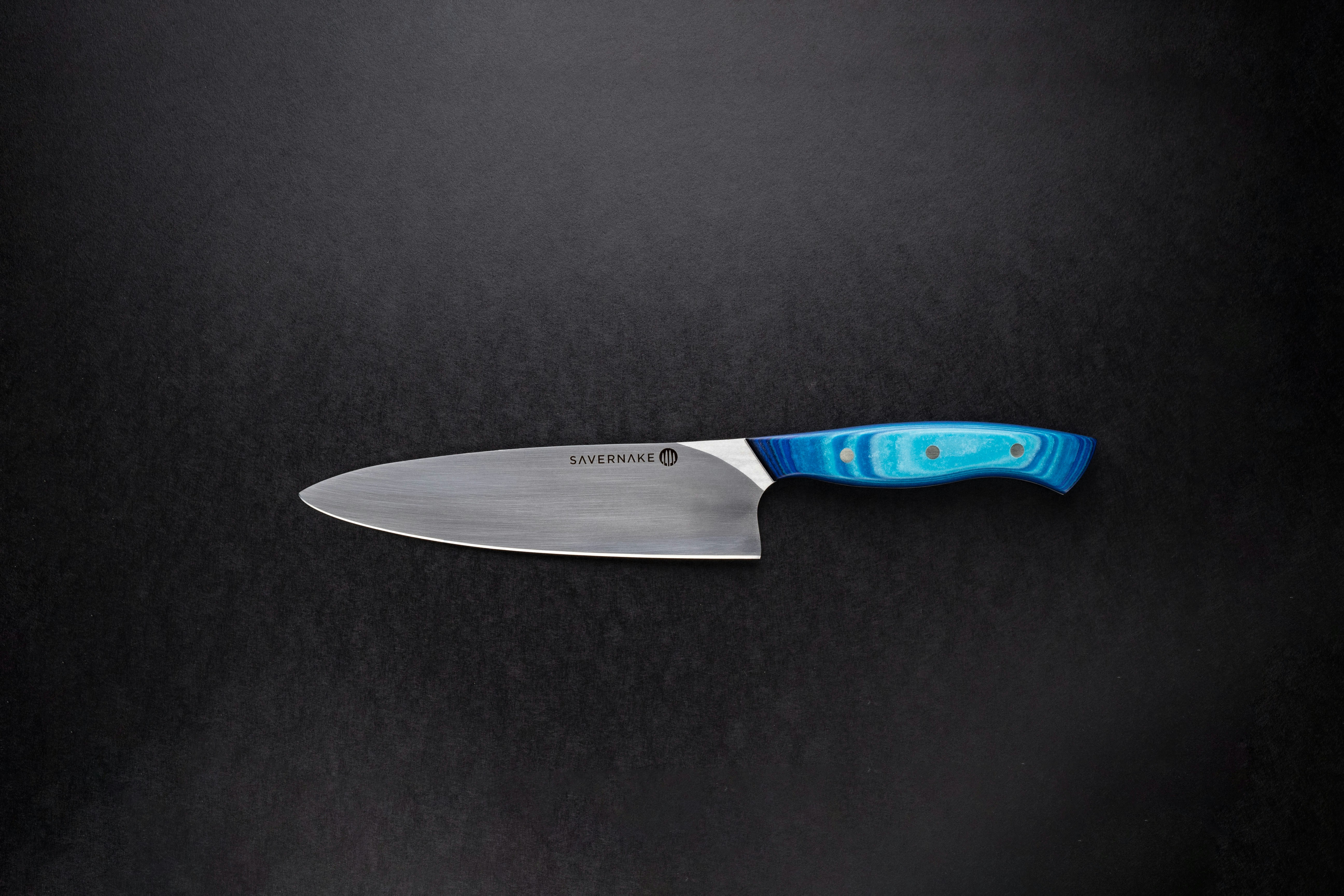
Carbon Steel & Stainless Steel – they can both rust!
When I first invested in a high-quality carbon steel knife, I was unprepared for the level of care it demanded. Unlike stainless steel, carbon steel is incredibly resilient but prone to rust if not properly maintained. I quickly learned that after each use, it’s essential to rinse the blade immediately, dry it thoroughly, and then apply a light coating of food-safe oil to protect it from moisture. Though initially tedious, this diligent routine has become a cherished ritual that ensures my knife remains functional and beautiful.
It’s easy to misunderstand the difference between rust and patina on a carbon steel blade. Over time, as I continued to care for my knife, I noticed a greyish-blue layer forming on the blade. This natural patina isn’t something to worry about—in fact, it’s an important shield against rust. Each cut of an acidic tomato or an onion’s bite contributes to this protective layer, making my knife uniquely mine.
Even stainless steel, known for its rust-resistant properties, isn’t completely impervious to corrosion. Prolonged exposure to moisture, especially from washing and inadequate drying, can cause even the best stainless steel to develop rust spots. Hence, taking a few moments to hand-wash and thoroughly dry these knives is a small effort that pays off in longevity and performance.
These consistent practices of rinsing, drying, and oiling, fortified with a touch of patience, ultimately prolong the life of your knives and maintain their sharpness and reliability. It might feel like an art form—meticulous and demanding—but it’s a worthwhile investment in the long run.
How can you keep your knives in peak condition without constant sharpening? Let’s explore the art of honing next.
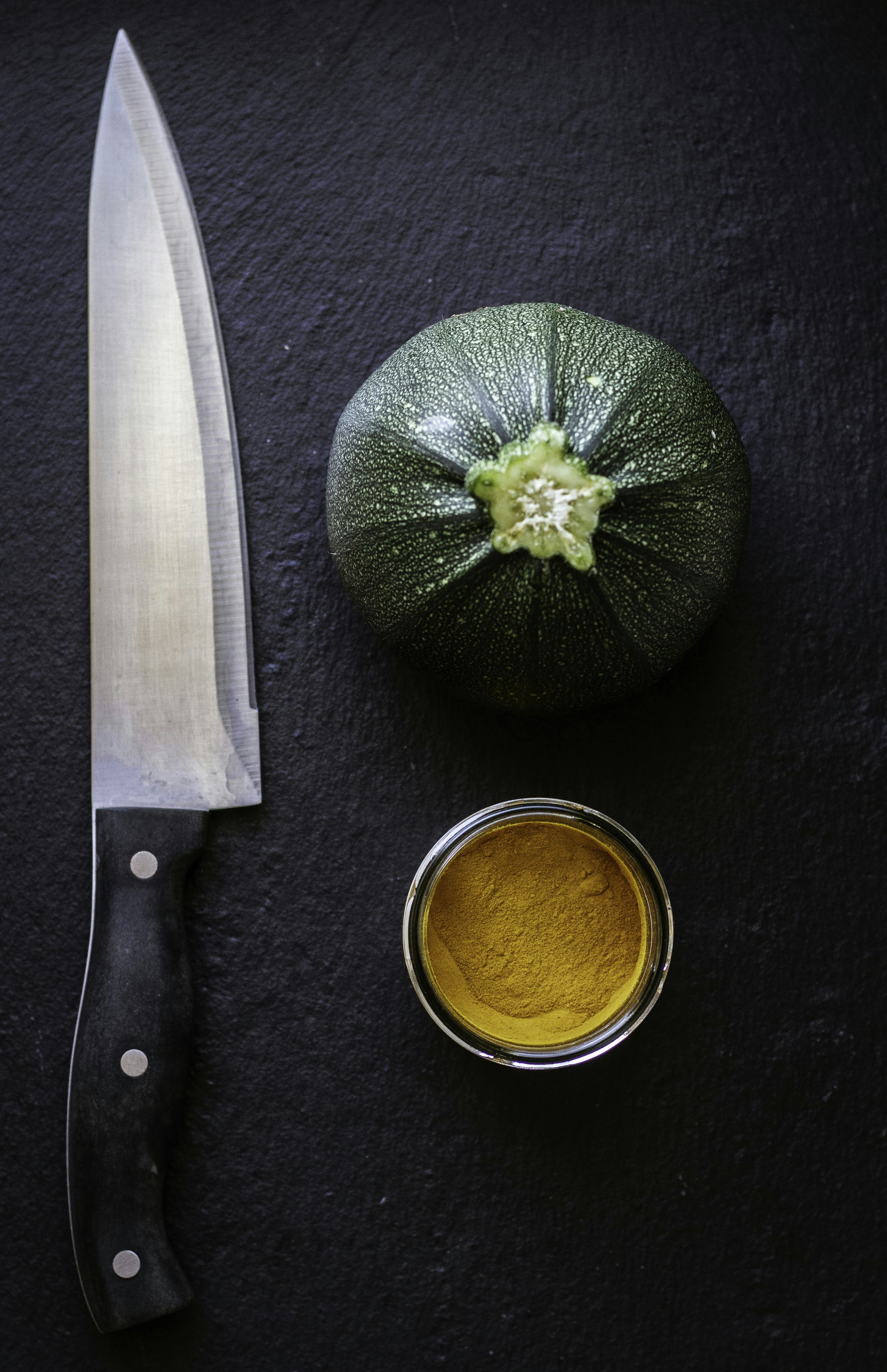
Distinguishing Between Honing and Sharpening
When I first started delving into the world of cooking, I found myself confused by the terms “honing” and “sharpening.” They seemed interchangeable, but this misconception couldn’t be further from the truth. Sharpening is grinding the blade to create a new edge, while honing is more about maintaining that edge by realigning it. Imagine honing as a delicate dance of nurturing your knife, allowing it to perform at its best every time you set foot in the kitchen.
Honing should be part of your daily kitchen routine. Ideally, you’d want to hone your knife before every use. This might sound like an added chore, but trust me, it’s a small investment with immeasurable returns. Over time, the edge of your knife inevitably bends slightly out of line due to the pressure exerted during cutting. Proper honing realigns the microscopic teeth on the blade back to their original position, making your knife feel almost brand new.
Why is this so important? Because a knife with a misaligned edge not only frustrates your culinary efforts but also increases the risk of accidents. Think about those moments when your knife slips off a tomato or a piece of meat, sending a shiver down your spine. Honing prevents these slips, translating into safer and more precise cuts.
In contrast, sharpening is something you tackle less frequently. Once or twice a year is usually sufficient unless you put your knives through industrial-grade workloads. Sharpening involves removing metal from the blade to form a fresh edge. It’s more labour-intensive and requires a certain skill level or willingness to use guides like whetstones or electric sharpeners. If done correctly, it restores a dulled blade to its former glory, making it as sharp as the day you bought it.
By distinguishing between these two practices, you elevate your cooking experience while prolonging the life of your knives. Whether you’re an amateur cook or a seasoned chef, understanding and practising honing and sharpening is indispensable.
So, if honing keeps your knife pristine between uses, what’s the best way to clean and store these essential tools without compromising their quality?
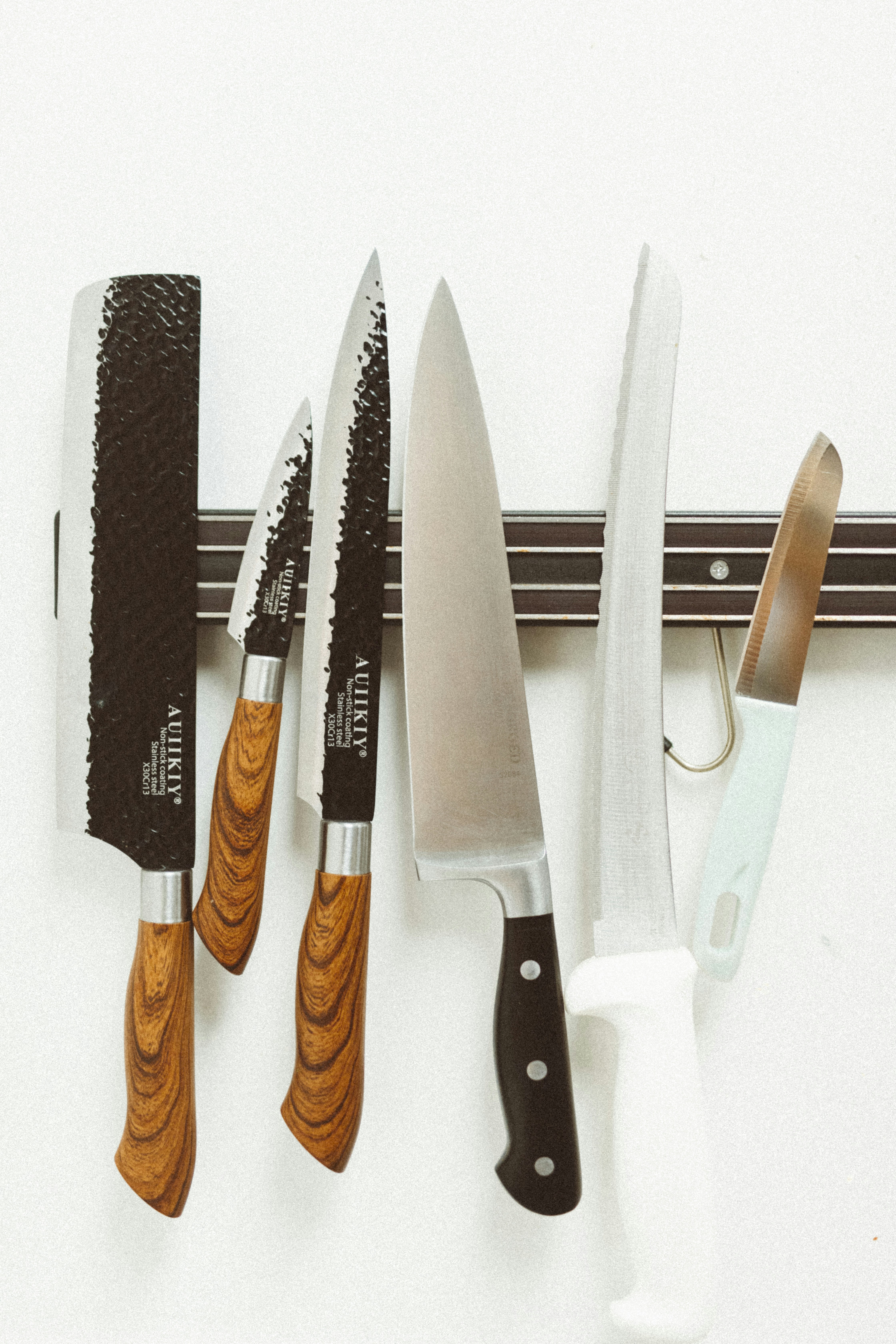
Storing Your Knives: From Knife Blocks to Magnetic Strips
Whether you’re a seasoned chef or an enthusiastic home cook, storing your knives properly is paramount for maintaining their edge and ensuring your safety. One of my early kitchen mishaps involved rummaging through a drawer of utensils, only to discover the hard way that a loose knife had slipped in. Not only did I walk away with a cut, but it also made me realise how carelessly storing knives can shorten their lifespan.
Knife blocks are a classic choice. They offer a dedicated slot for each blade, keeping them safe and accessible. The best part? They can add a touch of sophistication to your kitchen counter. However, keeping the block clean and moisture-free is essential to prevent bacteria build-up. On the other hand, magnetic strips present a modern and space-saving alternative. Mounting one on your kitchen wall saves counter space and keeps knives within arm’s reach.
But what if your kitchen doesn’t have the luxury of extra wall space or counter space? Maybe use plastic knife guards. These nifty protectors allow you to stash your knives in a drawer without the risk of dulling the blades or endangering your fingers. Another excellent option is a knife sheath or wrap, especially useful if you frequently transport your knives or have little ones at home.
Storing high-carbon knives requires a bit more attention. Wrapping them in paper before placing them in a sheath or block can absorb moisture and prevent rust. A little forethought can go a long way in preserving your valuable tools.
Proper storage extends the life of your knives and ensures that your kitchen remains a safe and efficient space. So, how do you ensure your knives are always in top-notch condition when needed?

Protecting Knife Edges: Do’s and Don’ts
Over the years, I’ve realised that a knife’s edge is as delicate as essential. How we handle and store our knives can make a vast difference between consistently clean cuts and frustratingly jagged slices. One of the fundamental rules I’ve adhered to is always choosing the right surface for chopping. Wooden and plastic boards are your knives’ best friends; they provide a gentle cushion that helps maintain that razor-sharp edge.
Avoiding harsh surfaces like glass or stone is crucial. These hard materials can chip or dull your knife with alarming speed. Additionally, learning how to handle your knife properly—without excessive force or awkward angles—can prevent unnecessary wear. Trust me; it’s not just about technical skill; it’s about respect for your tools and the food you prepare.
Proper edge protection is all about prolonging the lifespan and performance of your knives. Think of it as giving them the best possible environment in which to thrive. But how do you ensure your knives are perpetually sharp and ready for the tasks ahead?
Why Knife Care is Essential for Culinary Excellence
Every chef, from the seasoned professional to the enthusiastic home cook, knows that a knife is more than just a tool—it’s an extension of their hand, a conduit of their creativity. I’ve often found that the dishes I prepare carry an extra layer of finesse when working with a well-maintained knife. The precise slices and the effortless dicing contribute to not only the aesthetics of a meal but also its flavour and texture. A sharp knife means less damage to the food’s cellular structure, locking in juices and enhancing the overall dining experience.
Imagine the frustration of trying to dice an onion with a dull blade—the jagged edges, the uneven pieces, the tears from exertion. Contrast that with the smooth, swift motion of a sharp knife gliding through; each cut is deliberate and uniform. This difference is not just about convenience; it’s about respecting the ingredients and the effort behind every meal. Proper knife care transforms cooking from mundane to art, elevating every dish from good to extraordinary.
Moreover, the act of taking care of your knives is almost meditative. After a long day, there’s something therapeutic about honing a blade, feeling its balance and weight as you move it across the honing steel. It’s a moment of mindfulness, a pause before the creative flurry of cooking begins. And when stored correctly, these knives last longer and become trusty companions in your culinary journey, each with its own story and purpose.
Caring for your knives is not just about extending their lifespan, although that’s certainly a benefit. It’s about enhancing your cooking experience, ensuring safety, and bringing a touch of excellence to every dish you prepare. So, what tangible steps can you take to ensure your knives remain in top-notch condition?
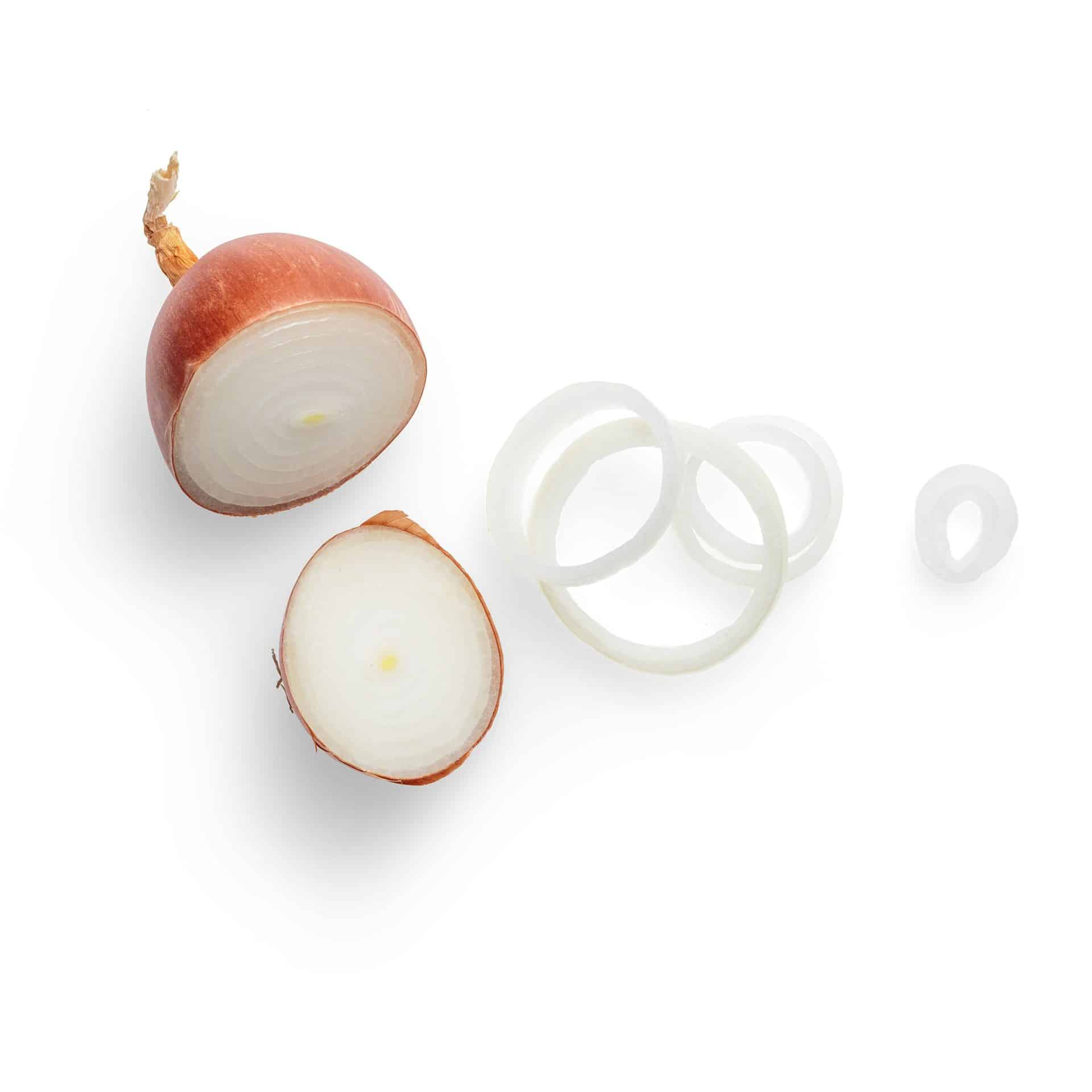
Bonus: The secret to cutting onions without tears
This is a tip I’ve treasured over the years, passed down from a dear friend. Cutting onions without shedding a tear might sound like a culinary fairytale, but it’s possible with a few clever tricks. First and foremost, always start with a sharp knife. A sharp blade slices through onion cells cleanly, reducing the release of the irritant compounds that bring on those dreaded tears. It’s a subtle yet profound difference I’ve noticed repeatedly.
Next, try chilling the onion in the fridge for about 30 minutes before cutting. The cooler temperature helps slow the release of the tear-inducing enzyme, making the process far more bearable. This has become a small, meditative ritual before diving into a cooking session, and it works wonders for me.
Another technique is to cut the onion under running water. The water acts as a barrier, dissolving the irritants before reaching your eyes. While this method can be a tad cumbersome, especially if your kitchen setup isn’t conducive to it, it’s a great trick to have up your sleeve for those particularly potent onions.
Lastly, consider investing in a pair of onion goggles. It might sound slightly ridiculous, but I have found immense relief in these quirky kitchen accessories. They form a protective seal around your eyes, utterly warding off the fumes. It’s not just about functionality; it brings a light-hearted element to your cooking routine, and sometimes, we all need a bit of that.
Remember, these approaches can be tailored to suit your cooking style and kitchen setup. It’s about finding what resonates with you and enhances your culinary experience.

